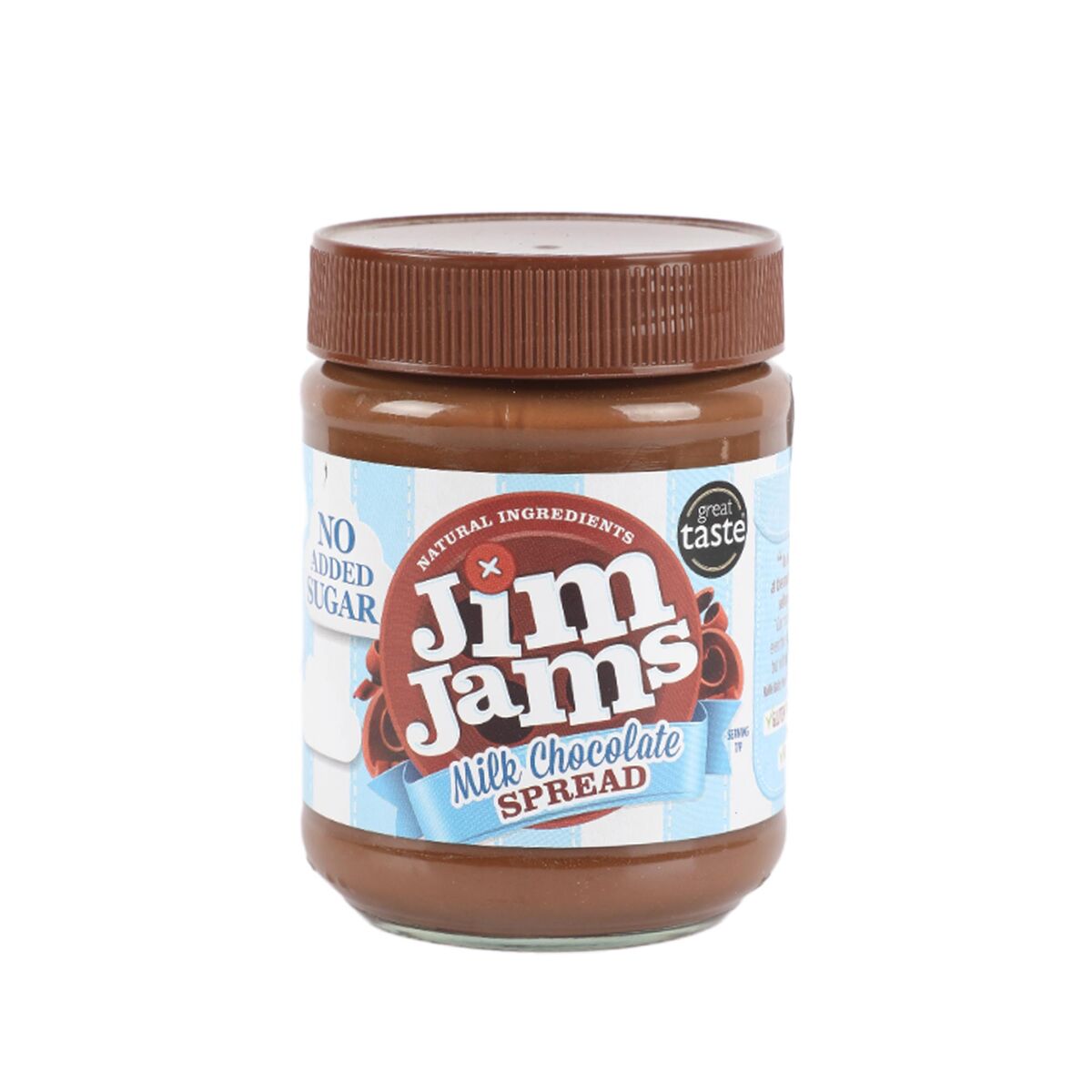
Beyond the Bedroom: The Enduring Allure of the Jim Jam
The world often celebrates grand narratives – the rise and fall of empires, the march of technological innovation, the triumphs of human spirit. Yet, sometimes, the most profound stories lie hidden in the mundane, in the everyday objects that shape our lives without ever demanding explicit recognition. Among these quiet titans of comfort and culture, few hold as surprisingly rich a history and as potent a psychological grip as the humble jim jam. More commonly known as pajamas, these garments transcend mere sleepwear, embodying centuries of cultural evolution, fashion rebellion, and an unwavering commitment to the ultimate human desire: comfort.
To slip into a pair of pajamas is to perform a ritual, a silent declaration that the day’s battles are over, and the sanctuary of personal space awaits. It’s a sartorial sigh of relief, a soft embrace that signals the transition from public persona to private self. But how did these unassuming garments acquire such significance? Their journey is far more complex and captivating than one might assume, stretching from the opulent courts of ancient India to the runways of Paris, and finally, into the quiet corners of our bedrooms.
The very word "pajama" itself is a whisper from a distant past, derived from the Hindustani pae jama or Persian payjamah, meaning "leg garment." These loose, drawstring trousers were a staple across the Indian subcontinent, worn by both men and women as comfortable daywear. It was during the British colonial era, particularly in the 17th and 18th centuries, that this comfortable attire caught the eye of European travelers and administrators. Initially adopted as lounging wear in the hot climate, they slowly began to make their way back to Europe, first as exotic novelties, then as practical alternatives to traditional nightshirts.

"The British Empire, for all its faults, was an unwitting conduit for cultural exchange," notes fashion historian Dr. Eleanor Vance. "Pajamas were one of those quiet imports that fundamentally altered Western dress. They offered a freedom of movement and a comfort that was simply revolutionary compared to the stiff, restrictive clothing of the time."
By the late 19th century, pajamas had firmly established themselves in the Western male wardrobe as a sophisticated and comfortable option for sleeping, replacing the more formal nightshirt. Made from fabrics like flannel, cotton, and silk, they quickly became a symbol of relaxed masculinity. However, it was the 20th century that truly saw the jim jam burst beyond its traditional confines.
The roaring twenties, a decade synonymous with liberation and changing social norms, proved to be a pivotal moment for women’s pajamas. Up until then, women’s nightwear was largely confined to frilly nightgowns or corseted ensembles. Enter Gabrielle "Coco" Chanel, the visionary designer who famously championed comfort and practicality in women’s fashion. Chanel, ever the provocateur, introduced "beach pajamas" – loose, wide-legged trousers paired with a matching top – as fashionable resort wear. This bold move was a radical departure, allowing women unprecedented freedom of movement and style.
"Chanel’s beach pajamas weren’t just about comfort; they were a statement of defiance," says fashion critic Isabella Rossi. "They challenged the very notion of what was appropriate for women to wear, taking a garment traditionally associated with men’s private spaces and bringing it into public view. It was an early, subtle blow against sartorial patriarchy."
From that point, the trajectory of women’s pajamas was irreversible. They evolved from beachwear to sophisticated loungewear, then to stylish sleepwear, often mirroring the prevailing fashion trends of the era. The elegant silk pajamas of the Golden Age of Hollywood, worn by stars like Katharine Hepburn and Marlene Dietrich, further cemented their status as a symbol of chic comfort and understated glamour.
Yet, despite their growing public presence, the core identity of pajamas remained intertwined with the concept of private sanctuary. They were the uniform of unwinding, the soft armor donned for personal moments of reflection, reading, or quiet contemplation. This dual nature – a garment capable of both private intimacy and public statement – is perhaps their most fascinating characteristic.
In recent decades, the lines between sleepwear, loungewear, and even streetwear have become increasingly blurred. The rise of "athleisure" and the global pandemic, which normalized working from home, accelerated this trend. Suddenly, the comfort once reserved for the bedroom became acceptable, even fashionable, for daytime wear. Celebrities like Rihanna have been spotted on red carpets and city streets in what appear to be luxurious silk pajama sets, transforming the jim jam into a high-fashion statement.
This cultural shift isn’t merely about aesthetics; it speaks to a deeper societal yearning for authenticity and ease. "There’s an undeniable allure to wearing something so inherently comfortable in a public setting," observes Dr. Liam Chen, a sociologist specializing in modern fashion. "It’s a subtle act of rebellion against the constant pressure to be ‘on’ and perfectly presented. It signals a prioritization of personal well-being, even if it’s just a sartorial illusion."

Beyond fashion, the psychological impact of pajamas is profound. For many, slipping into their favorite pair is a Pavlovian cue for relaxation. The soft fabric against the skin, the familiar cut, the sense of being cocooned – all contribute to a powerful mental association with sleep and rest. Sleep experts often recommend a consistent bedtime routine, and for countless individuals, changing into pajamas is an integral part of that ritual, signaling to the brain that it’s time to wind down.
"The brain thrives on routine, and the act of changing into pajamas can be a powerful psychological trigger," explains Dr. Sarah Jenkins, a sleep specialist. "It’s a clear boundary marker between the active, demanding day and the restful night. This mental separation is crucial for preparing the mind and body for quality sleep."
The materials used in pajamas also play a significant role in their enduring appeal. Cotton, the perennial favorite, offers breathability and softness. Flannel provides warmth for chilly nights. Silk, with its luxurious drape and smooth feel, offers a touch of indulgence. Newer fabrics like modal, bamboo, and innovative blends prioritize moisture-wicking properties and temperature regulation, catering to the growing demand for smart sleepwear that actively enhances comfort.
The market for jim jams is a testament to their unwavering popularity. It’s a multi-billion dollar industry, encompassing everything from budget-friendly fast fashion to bespoke, high-end luxury brands. Sustainability has also become a key consideration, with consumers increasingly seeking pajamas made from organic cotton, recycled materials, and produced under fair trade conditions. Brands are innovating not just in style, but in ethical production and environmental responsibility, recognizing that comfort extends beyond the wearer to the planet itself.
As we look to the future, the jim jam’s evolution shows no signs of slowing. We can anticipate further blurring of lines between sleepwear and daywear, with an increased focus on versatile pieces that transition seamlessly between different aspects of our lives. Smart pajamas, incorporating wearable technology to monitor sleep patterns or regulate body temperature, are also emerging, pushing the boundaries of what these garments can do.
Yet, for all the innovations and fashion statements, the core essence of the jim jam remains unchanged: it is a symbol of comfort, a personal sanctuary, a quiet companion in our most vulnerable and relaxed moments. From its ancient origins as a practical leg garment in a distant land to its modern incarnation as a global fashion icon, the pajama has woven itself inextricably into the fabric of human experience. It reminds us that sometimes, the most revolutionary ideas are the simplest, and the greatest luxuries are found in the most understated forms of comfort. So, the next time you slip into your favorite pair, take a moment to appreciate the rich history and enduring allure of the jim jam – a true unsung hero of our everyday lives.


